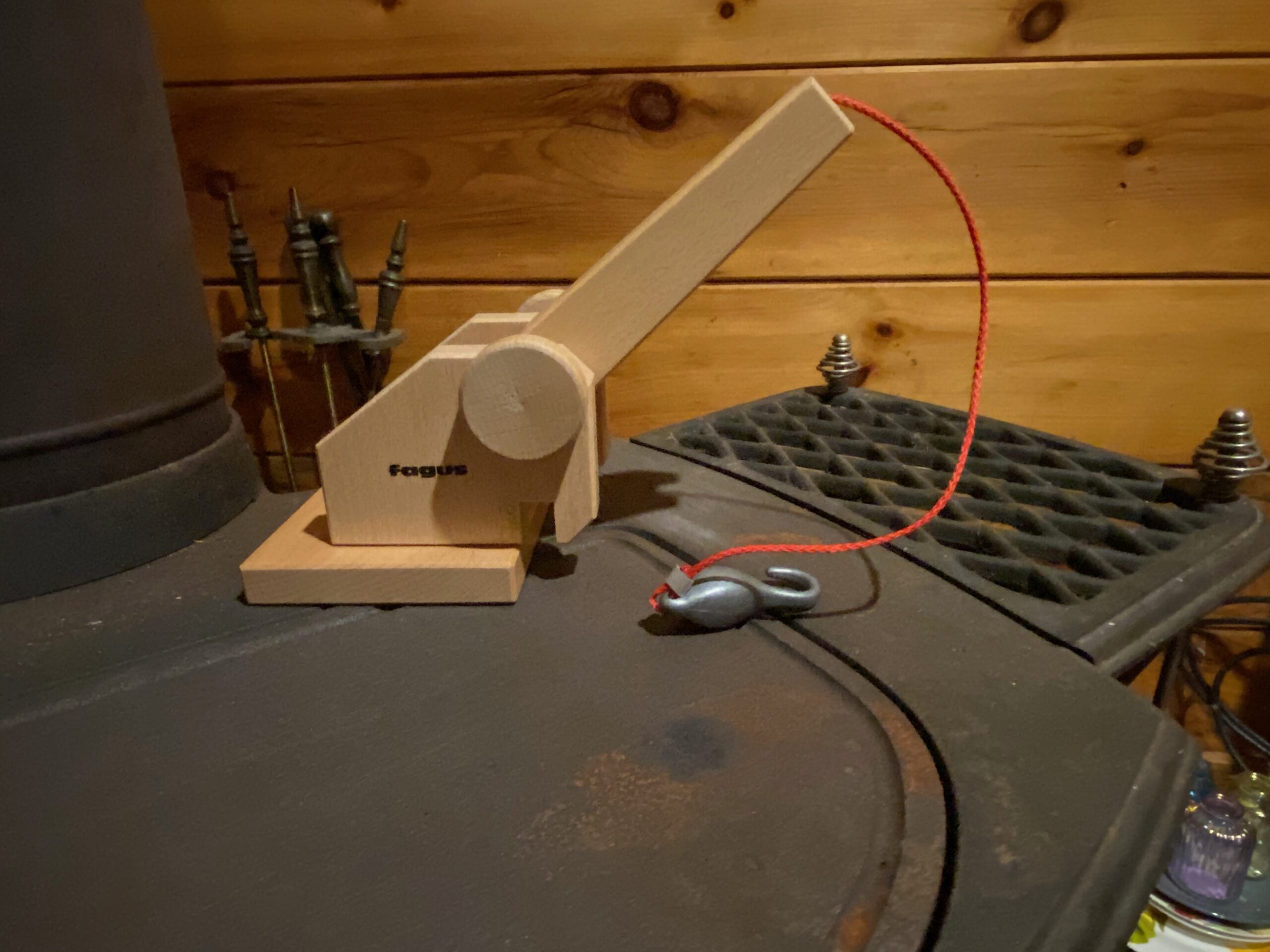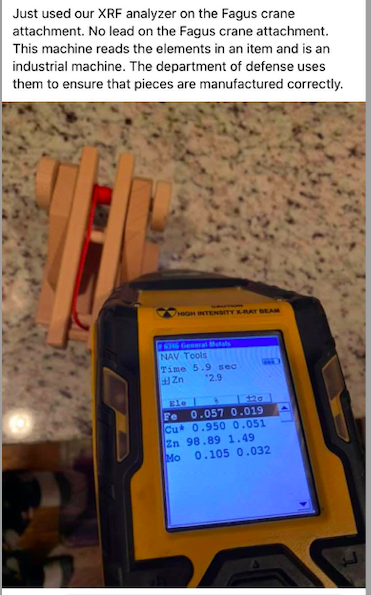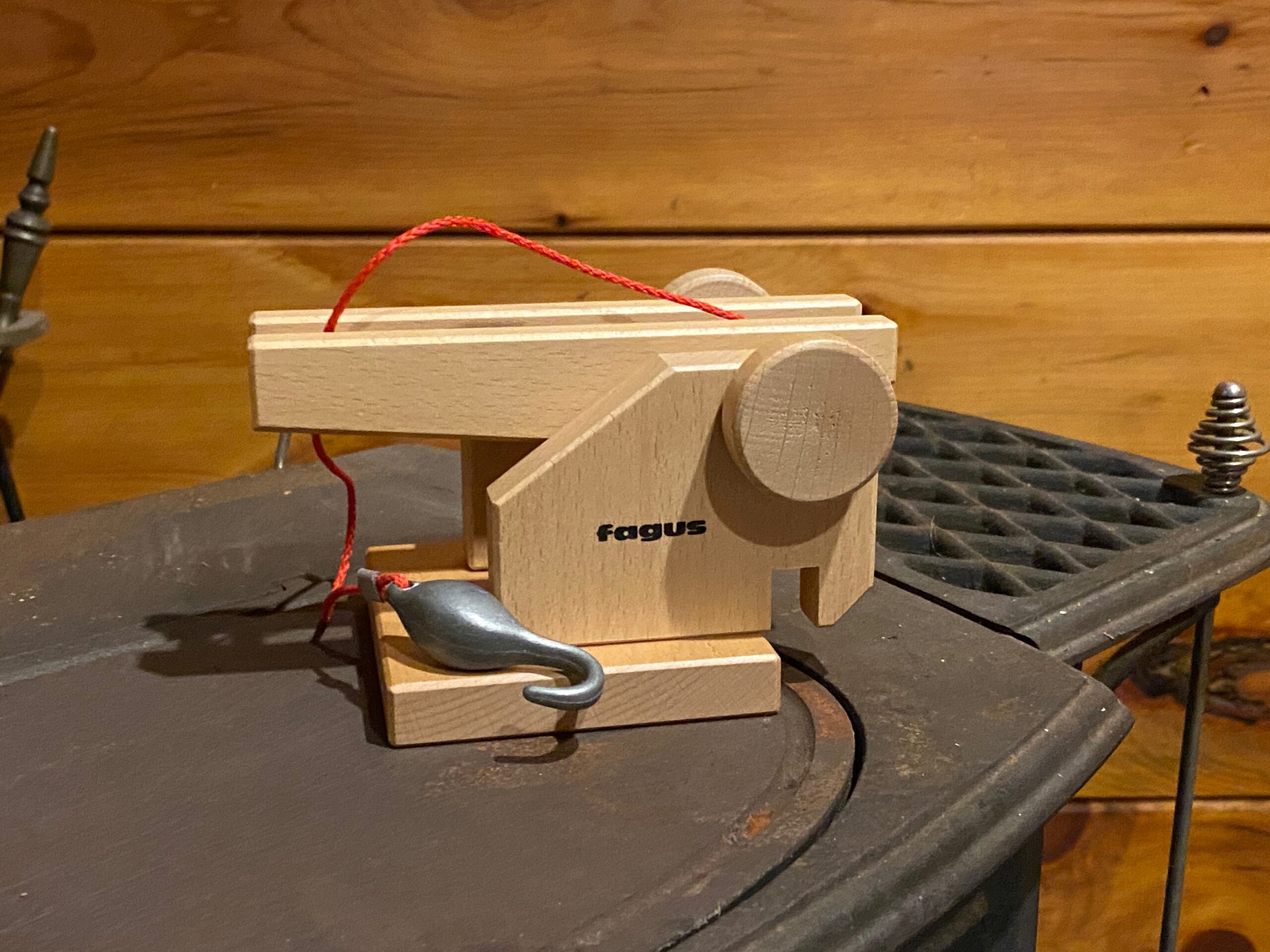Fagus wooden crane attachment for basic wooden truck toy: Lead-free, Arsenic-free, Mercury-free – in all components.
nContinue reading below the image.
Published: December 14, 2020
Fagus Crane for Basic Wooden Truck
When members of a Facebook group for wooden toys tested this item (earlier this year) using different methodologies (XRF testing and reactive agent testing using a home kit), they had mixed (and quite confusing) results. The preliminary (short / quick) XRF testing showed that the toy was negative for Lead – but the reactive agent testing (using home test kits purchased on Amazon) seemed to indicate the toy was possibly positive for a high level of Lead.
“Why did their initial XRF testing not yield a definitive answer to the question of whether this toy contains Lead?”
When testing a toy with a metal substrate using an XRF instrument, it is really important that:
- the testing is done in Consumer Goods Mode
- the analysis detection period be at least 60 seconds per test
- the testing be done for as long as possible (many XRF instruments are set with a 3-minute / 180-second limit) or at least to the point where the total detected content of a metal and the margin of error for that metal ceases to fluctuate
- the tests be repeated multiple times (to confirm the results)
It is also really important to note and report the margin of error with this type of testing (especially with a metal substrate). The shorter the test, the higher the margin of error will be (in nearly all cases). If there is a very high margin of error (especially with a metal substrate that is primarily made of Zinc), that “+/-“ number (the margin of error) is the potential range in which it is possible for Lead (or other metals) to be “hiding.”
A range of “negative” when using the appropriate instrument and software package for testing toys
One can also look at the full specific numeric negative (Non Detect) Lead readings when using an appropriate XRF instrument (set up specifically for testing consumer goods intended to be used by children – including toys.) The Lead reading will give a “ND” readout to mean “Non Detect” — but it will also list a number accompanying the “ND” that denotes the low threshold of detection (accuracy limit) for that specific Non Detect reading. In the case of this toy, the Non Detect low threshold of detection (the limit of accuracy for the particular testing methodology and the particular instrument used at that particular moment in time with the testing reported here on this page) with the longer – 3-minute – test is “less than 86 ppm.” Understanding first, that the Lead reading is NEGATIVE (so Lead is not a concern for this product), in this case it is also definitively “below 86 ppm”. Even within this margin of error, the “below 86 ppm” low threshold of detection is also below any level of concern (given the U.S. Federal legal regulatory limit of Lead in the substrates of consumer goods intended for use by children is 100 ppm).
Here’s the screenshot of the XRF testing posted on Facebook
Continue reading below the image.
Considerations for the test shown above:
While, in the end, the test results posted in the wooden toy Facebook group were relatively close to the longer test results using the appropriate mode for toy testing (showing the low threshold of detection for Lead in the reading) here’s a quick list of considerations I had when I first saw the above reading:
- A main reason that I did not consider the XRF testing shared in the wooden toy Facebook group definitive (specifically I would not want to “hang my hat” on that reading being the most accurate) was simply because the reading was too short (about 6 seconds in duration).
- Additionally, the testing was done in “General Metals” mode, not “Consumer Goods” mode.
- The mode reading is in percentages (not ppm) — and so does not begin to approach the level of specificity required for toy testing. (With percentages representing fractions in the range 1/100 vs. the range of 1/1,000,000 required for toys).
- Finally, there is no line item for Lead in the readout on this particular XRF instrument in this particular analysis mode.
“And why did the reactive agent test seem to register a “positive” reaction on the toy’s (Lead-free) solid Zinc hook?”
The low threshold of detection for the reactive agent test kits (the “LeadCheck swabs”) made by 3M is 600 ppm Lead. What that means is that with low Lead levels below 600 ppm, the swab will normally turn light pink [or will remain orange if it is completely negative].
For an object to test positive with a bright red result, the assumption is then that the object is likely positive for significantly more than 600 ppm Lead – yet this toy turned the swab red in a video using a similar testing product (not made by 3M), and also [as reported by the owner] tested positive with a 3M LeadCheck® test kit — even though the XRF instrument confirmed it was, in fact, negative for Lead!
I am working on a follow-up post (with an accompanying video) discussing why the reactive agent agent swab testing done on this toy (and reported in the Facebook group with the initial controversy around this toy and the testing) appeared to indicate that the metal hook on this toy was “positive” for Lead — when the product is, in fact, incontrovertibly negative for Lead.
Please stand by for that post. I will say (in advance of publishing this second post) that I have had readers report this occurrence (a false positive on a zinc substrate) with several different primarily zinc items – including a bulletin board type item made of zinc sheeting (also 100% negative for Lead with XRF testing) and also including the back panel on a dryer.
Specific XRF test results for the toy pictured
When tested with an XRF instrument, the wooden Fagus train toy pictured here had the following readings:
Metal hook on crane
- Testing done in Consumer Goods/ Metals & Minerals mode
- Zinc (Zn): 990,600 +/- 8,400 ppm
- Copper (Cu): 8,699 +/- 404 ppm
- no other metals detected – 60 second test (1-minute)
- Lead is negative, with the low threshold of detection being “less than 129 ppm Lead”.
- Testing done in Consumer Goods/ Test All mode
- Zinc (Zn): 990,700 +/- 7,300 ppm
- Copper (Cu): 8,598 +/- 350 ppm
- no other metals detected – 120 second test (2-minutes)
- Lead is “ND” (Non-Detect – negative), with the low threshold of detection being “less than 102 ppm Lead”.
- Testing done in Consumer Goods/ Metals & Minerals mode
- Zinc (Zn): 990,500 +/- 4,900 ppm
- Copper (Cu): 8,966 +/- 236 ppm
- no other metals detected – 180 second test (3-minutes)
- Lead is “ND” (Non-Detect – negative), with the low threshold of detection being “less than 86 ppm Lead”.
Wood of crane: over “Fagus” logo
- Testing done in Consumer Goods/ Metals & Minerals mode
- 60 second test, no Lead, Mercury, or Arsenic detected
Plain wood of crane:
- Testing done in Consumer Goods/ Metals & Minerals mode
- 60 second test, no Lead, Mercury, or Arsenic detected
Metal clip on red string of crane:
- Testing done in Consumer Goods/ Metals & Minerals mode
- Zinc (Zn): 184 +/- 31 ppm
- Copper (Cu): 105 +/- 42 ppm
- Iron (Fe): 1,631 +/- 219 ppm
- 30 second test, no Lead, Mercury, or Arsenic detected
Red string of crane:
- Testing done in Consumer Goods/ Metals & Minerals mode
- Zinc (Zn): 160 +/- 23 ppm
- Copper (Cu): 97 +/- 30 ppm
- 30 second test, no Lead, Mercury, or Arsenic detected
- Tested against wooden plank background
Thank you for reading and for sharing my posts. As always, please let me know if you have any questions. I will do my best to answer questions personally – but it may take a while (since I have been without childcare since the start of the Pandemic!)
Tamara Rubin
#LeadSafeMama
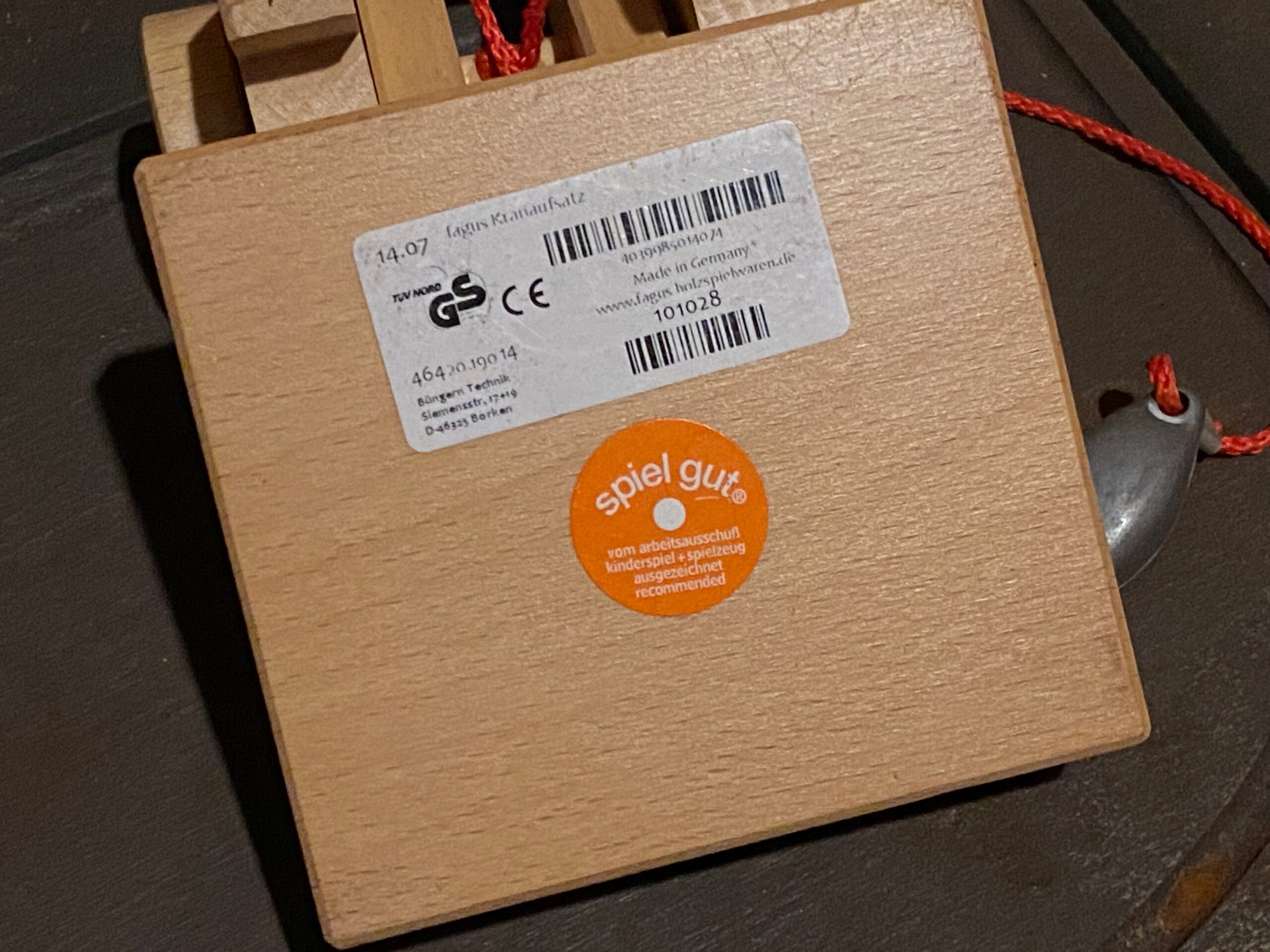
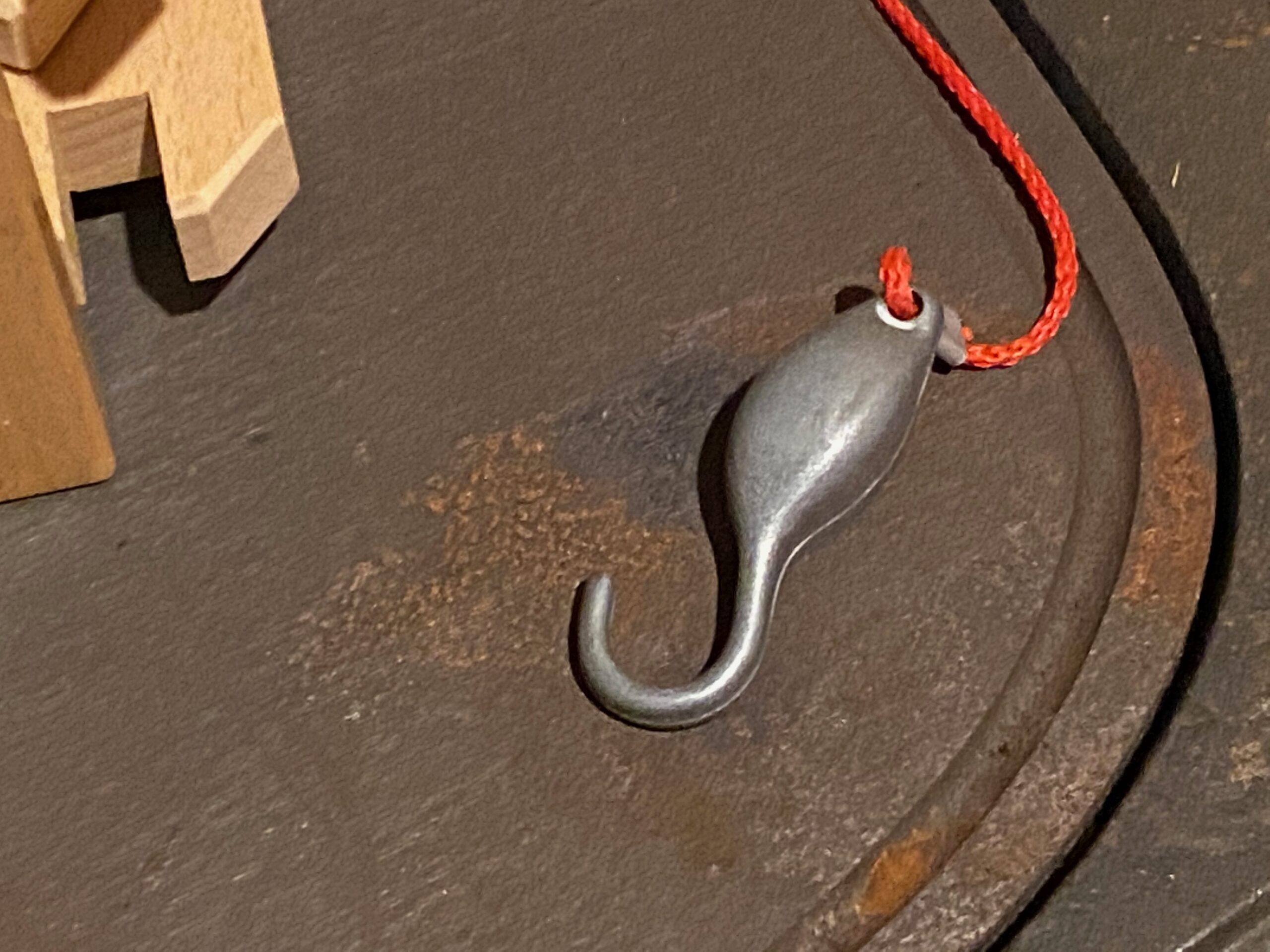
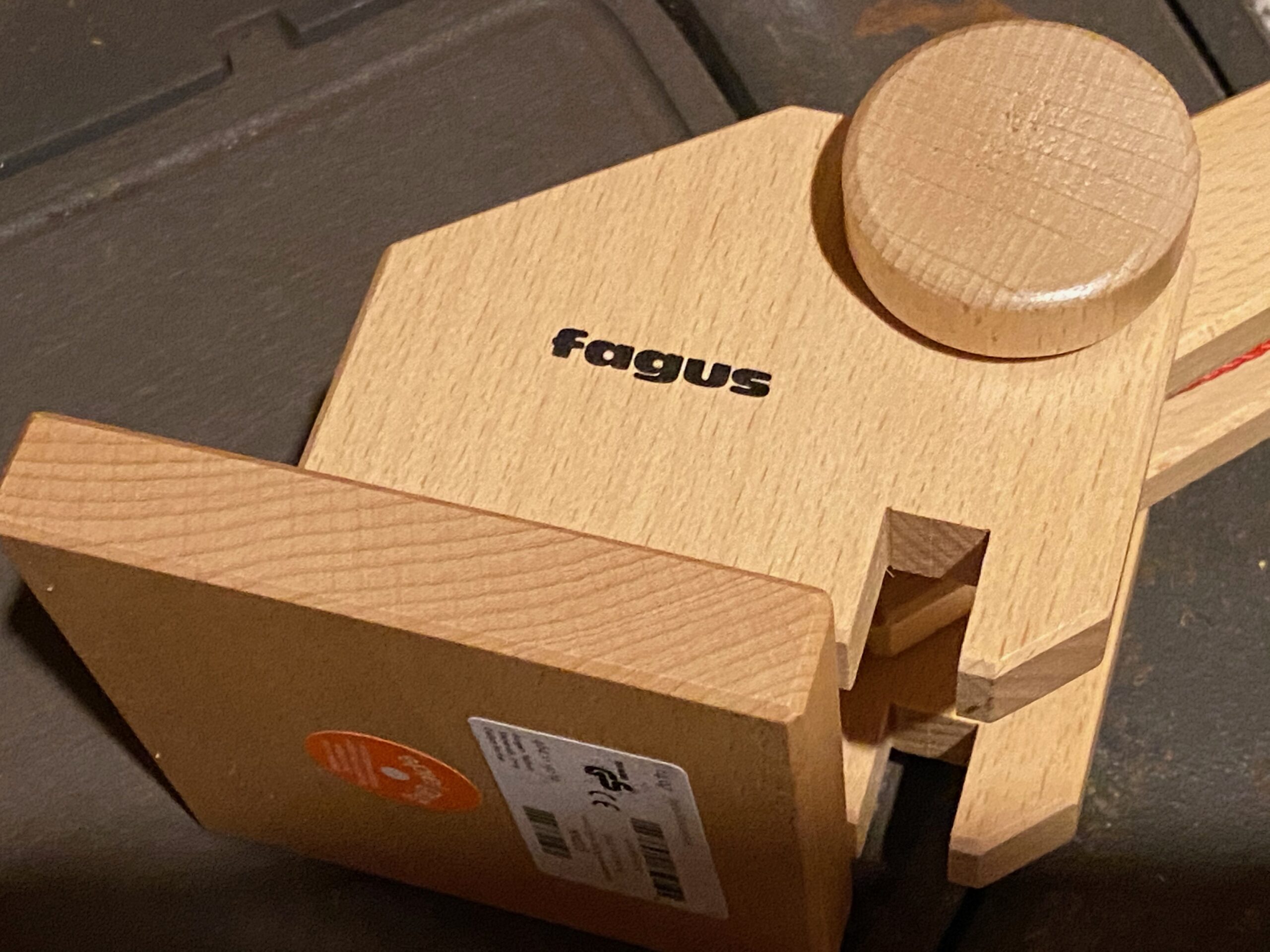
Never Miss an Important Article Again!
Join our Email List


